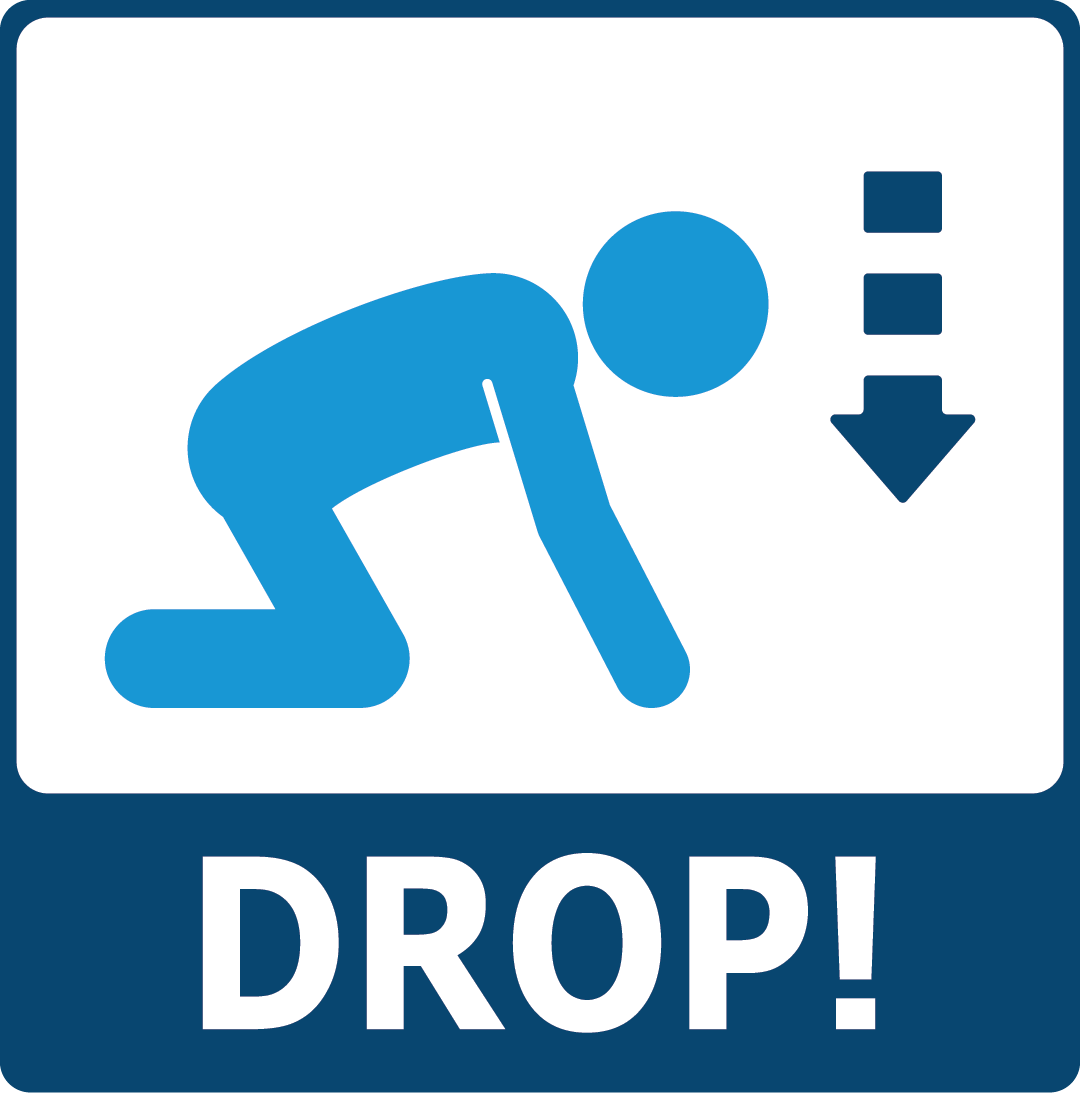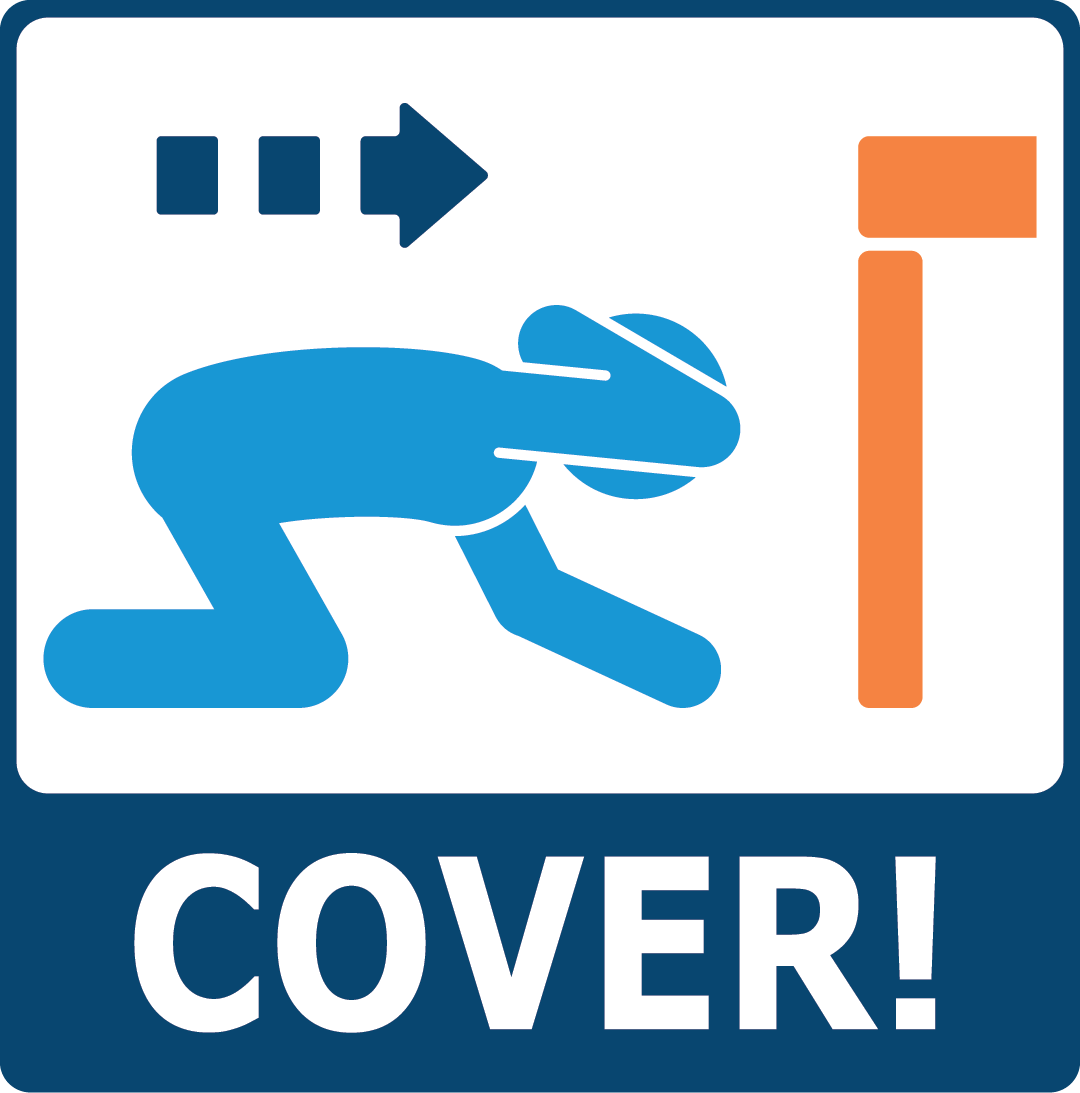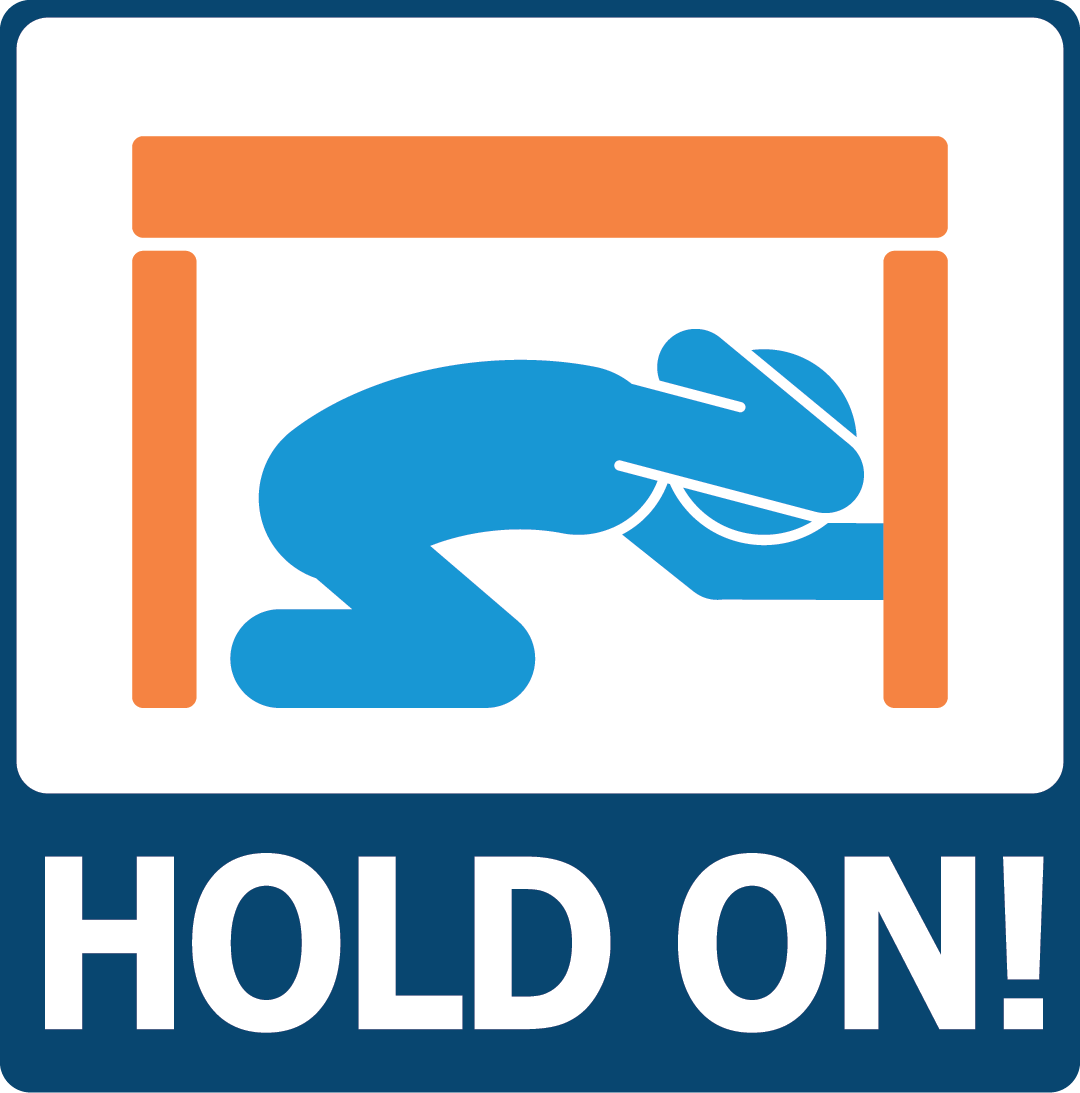Heat illnesses can be deadly. On very hot days, sometimes your body temperature control systems can’t keep up and your body temperature can get dangerously high. This makes you at greater risk for serious heat illnesses, including heat exhaustion and heat stroke. Heat stroke is a life-threatening emergency. Dial 9-1-1 or get immediate medical help if you are concerned about your health or someone else’s health when it’s hot outside.



